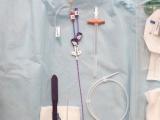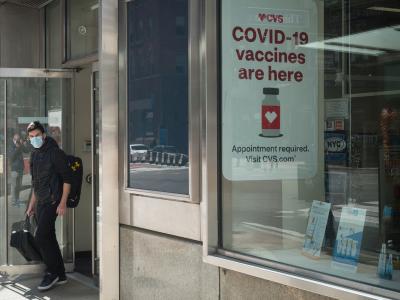New estimates today from the Centers for Disease Control and Prevention (CDC) on hospital-associated infections, specifically drug-resistant ones and Clostridium difficile, project big increases unless immediate changes in infection control and antibiotic prescribing changes are made.
The projections come from mathematical modeling analyses that also calculate the benefits of curbing the infections over the next 5 years. Experts from the CDC detailed their findings today in a new Vital Signs report.
CDC officials put the annual burden of antibiotic-resistant infections in the United States at 2 million infections, 23,000 of them fatal. For C diff alone, the toll in 2011 was nearly 500,000 illnesses, along with 15,000 deaths. The agency said both types of pathogens share the same transmission pattern: spread within health facilities, then an easy jump to other healthcare settings when patients are transferred.
At a media telebriefing today to unveil the report, CDC director Tom Frieden, MD, MPH, said one of the nation's leading infectious disease threats is antibiotic-resistant and C diff infections that spread between healthcare facilities, which are expensive in terms of lives lost and healthcare dollars spent. "Today's analysis describes what we can do to change it," he said.
Using the model, experts assessed how different interventions could impact the number of carbapenem-resistant Enterobacteriaceae (CRE) over the next 5 years. Researchers also made additional estimates for C diff.
The team concluded that a coordinated two-part approach was needed to tackle both issues: public health department monitoring and alerting about drug-resistant organism outbreaks in hospitals and having health facilities work together to implement shared infection control practices to stop both types of infection.
According to the CDC's new estimates, based on CRE incidence over the course of 5 years after its entry into 10 facilities in a geographic area that shares patients, doing nothing would lead to 2,000 infections, affecting 12% of patients in the area. When a facility acts alone in improving its infection control procedures, CRE infections drop to 1,500, impacting 8% of patients.
However, according to the model, a strategy that involves facilities working together to notify each other when patients who have CRE illnesses are transferred can drop the number to 400, equaling only 2% of patients.
Frieden said, "The bottom line is we now know how bad the problem is and what can be done."
At the briefing today, CDC officials said that already overburdened health departments would have a difficult time taking the lead with tracking the infections and serving as a communication conduit to alert facilities about outbreaks and sick patients. They urged lawmakers to approve funds included in a $264 million fiscal year 2016 budget request to support public health and laboratory capacity to address the problems and implement a national plan to battle antibiotic resistance.
See also:
Aug 4 CDC Vital Signs report
Aug 4 CDC press release
























